Introduction
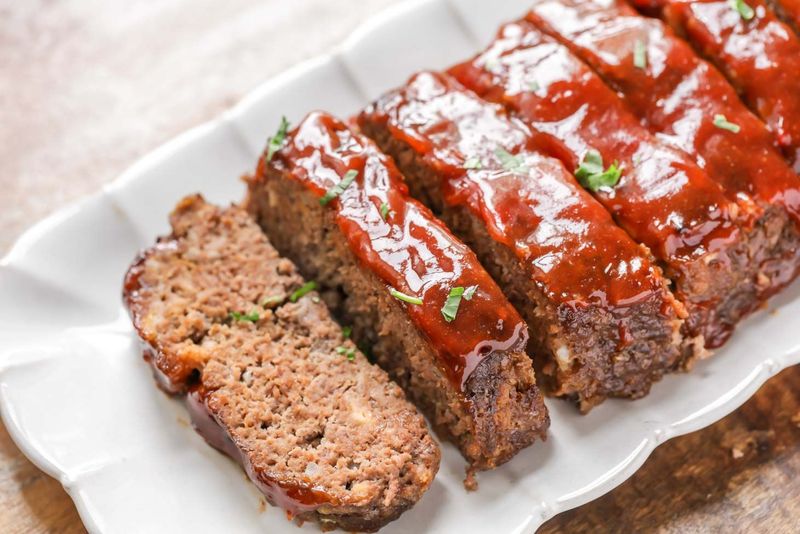
Remember those dishes your grandparents couldn’t stop talking about? American cuisine has evolved dramatically over the decades, leaving some once-beloved classics in the dust. These foods dominated dinner tables and social gatherings throughout the 20th century, but have gradually disappeared from restaurants and home kitchens alike. Let’s take a nostalgic journey through 9 American food staples that have largely vanished from our modern menus.
1. Jell-O Salad
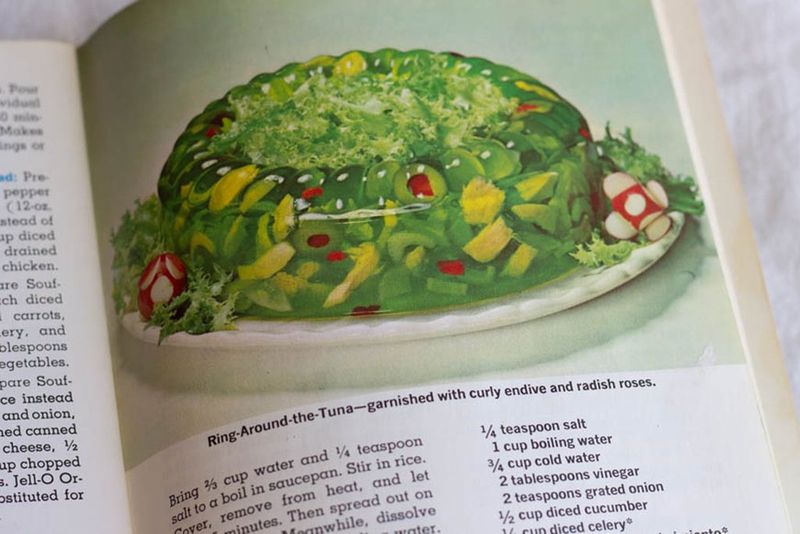
Once the star of every potluck and holiday gathering, Jell-O salad has faded into culinary obscurity. This jiggly concoction of fruit, vegetables, and sometimes meat suspended in flavored gelatin was considered the height of sophistication in mid-century America.
Housewives competed to create the most elaborate versions, often using special molds to form impressive shapes. The bizarre combination of sweet gelatin with savory ingredients like celery, olives, and tuna has understandably fallen from favor.
Modern palates simply can’t reconcile the conflicting flavors and textures that made this dish simultaneously fascinating and questionable.
2. Beef Wellington

Beef Wellington represented the pinnacle of American fine dining throughout the 1960s and 70s. The labor-intensive preparation wrapped tender filet mignon in mushroom duxelles, foie gras, and flaky puff pastry—creating a showstopper centerpiece for special occasions.
Despite its British origins, Americans embraced this dish as their own luxury statement. Restaurant menus gradually phased it out as tastes shifted toward lighter fare and preparation costs soared.
The complex assembly process also deterred home cooks from attempting this technical challenge, relegating it to the realm of culinary history rather than everyday eating.
3. Tuna Casserole

Tuna casserole reigned supreme during America’s post-war era as the ultimate budget-stretching dinner. Combining canned tuna, cream of mushroom soup, and egg noodles—often topped with crushed potato chips—this dish embodied practical home cooking for busy families.
Cookbooks from the 1950s featured countless variations, proving its widespread popularity. The convenience-food approach that once made it appealing now works against it in an era focused on fresh ingredients and global flavors.
While some still make it for nostalgic reasons, this one-dish wonder has largely disappeared from regular meal rotations and restaurant menus across the country.
4. Meatloaf
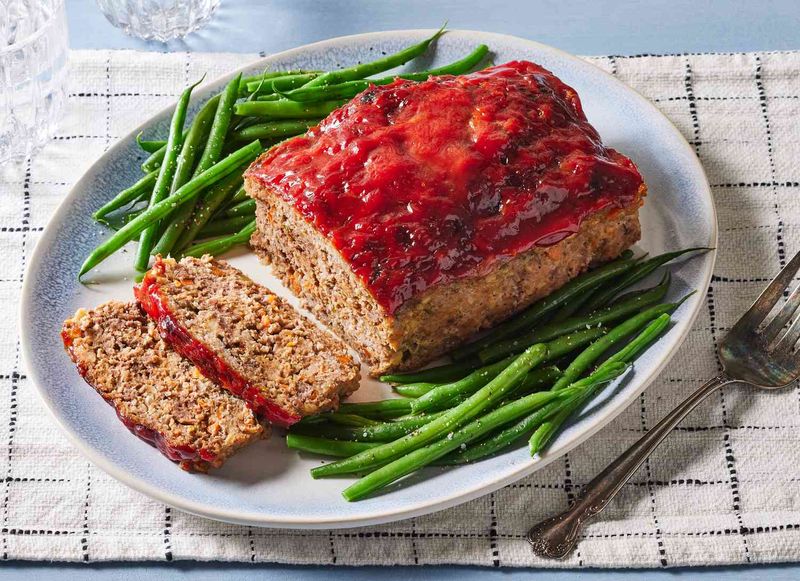
Meatloaf symbolized American home cooking throughout most of the 20th century. This humble mixture of ground beef, breadcrumbs, and seasonings formed into a loaf and glazed with ketchup or tomato sauce provided affordable protein for growing families.
Regional variations abounded—some cooks added hard-boiled eggs in the center while others incorporated vegetables or different meat blends. Health concerns about red meat consumption and changing family dynamics have pushed this once-weekly dinner option to occasional status.
Restaurant versions attempted upscale makeovers with fancy ingredients, but couldn’t revive widespread enthusiasm for this basic comfort food that now feels firmly rooted in the past.
5. Ambrosia Salad
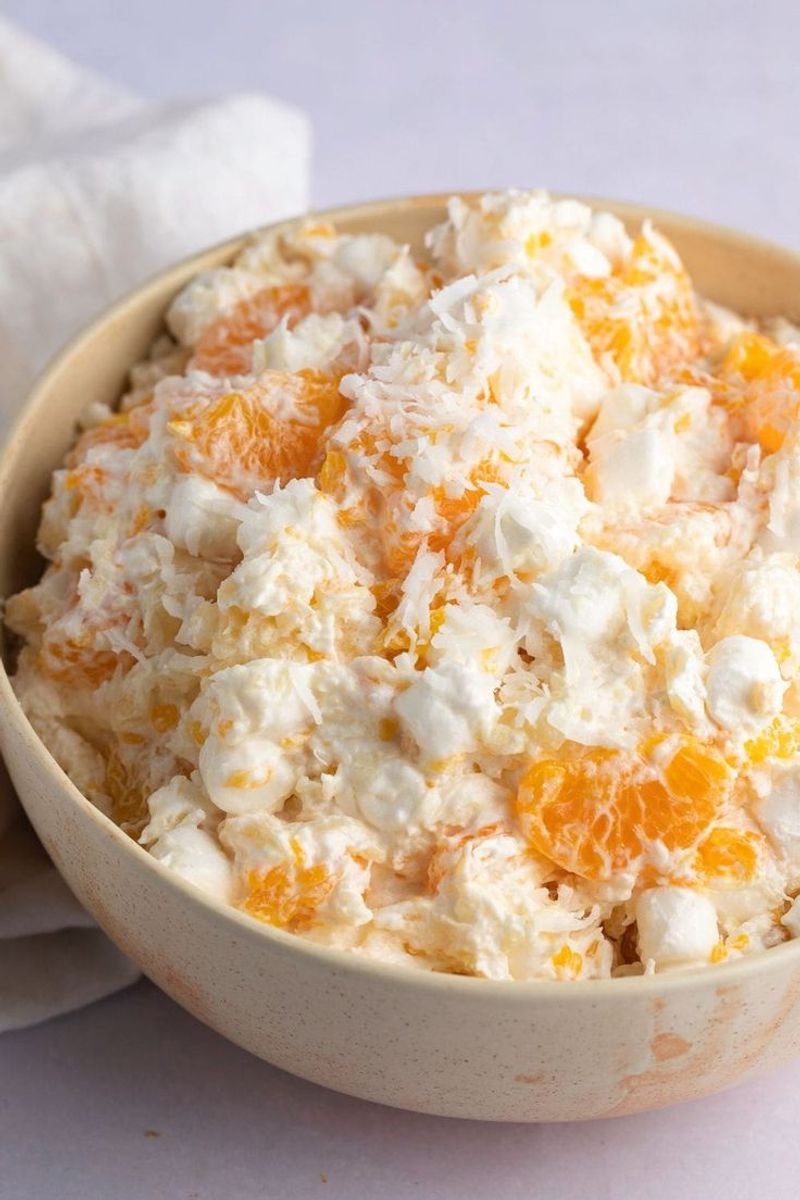
Ambrosia salad transported ordinary dinner tables to tropical paradise with its colorful mix of canned fruits, coconut, and marshmallows. Named after the food of Greek gods, this sweet side dish became a fixture at Southern gatherings and holiday meals across America.
The classic recipe combined mandarin oranges, pineapple chunks, maraschino cherries, and coconut flakes bound together with whipped cream or sour cream. Contemporary diners now view this sugary creation as excessively sweet and nutritionally empty compared to fresh fruit options.
The artificial ingredients and dated presentation style have relegated ambrosia to the category of retro curiosities rather than practical everyday foods.
6. Waldorf Salad

Waldorf salad originated at New York’s prestigious Waldorf-Astoria Hotel in the 1890s and remained an American menu staple for nearly a century. The refreshing combination of apples, celery, walnuts, and mayonnaise served on lettuce leaves represented sophisticated simplicity.
Society hostesses and restaurants embraced this elegant starter as a refined menu option. The mayonnaise base that once seemed appropriate now conflicts with modern preferences for lighter, vinaigrette-dressed salads with more diverse ingredients.
Few restaurants still offer this once-ubiquitous dish, and younger generations might never have encountered its distinctive sweet-savory flavor profile that was once considered the height of culinary refinement.
7. Deviled Eggs

Deviled eggs dominated American party platters for decades with their simple yet satisfying combination of hard-boiled egg whites filled with seasoned yolk mixture. Special serving trays designed specifically for these two-bite treats demonstrated their cultural importance at gatherings large and small.
The classic preparation mixed egg yolks with mayonnaise, mustard, and paprika, though countless variations existed. Food safety concerns about eggs sitting at room temperature during parties contributed to their decline, along with changing appetizer trends favoring more exotic options.
While still occasionally served at retro-themed events, these protein-packed finger foods have largely surrendered their prominent position on modern entertaining menus.
8. Chicken à la King
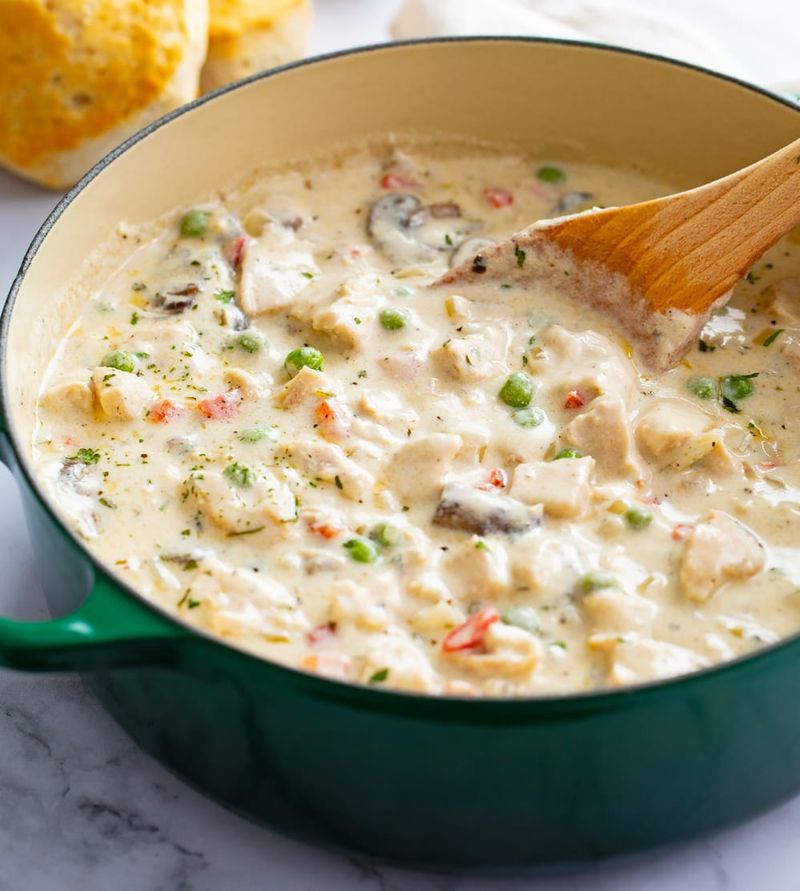
Chicken à la King reigned as America’s elegant comfort food throughout the first half of the 20th century. This luxurious dish combined diced chicken, mushrooms, and pimientos in a rich cream sauce, typically served over toast points, biscuits, or puff pastry shells.
Upscale restaurants and home entertainers alike embraced its sophisticated yet approachable appeal. The heavy cream sauce and refined presentation fell out of favor as nutritional awareness increased and casual dining styles replaced formal service traditions.
Few modern diners would recognize this once-celebrated creation that graced everything from White House dinners to middle-class Sunday suppers before fading into culinary obscurity.
9. Salisbury Steak
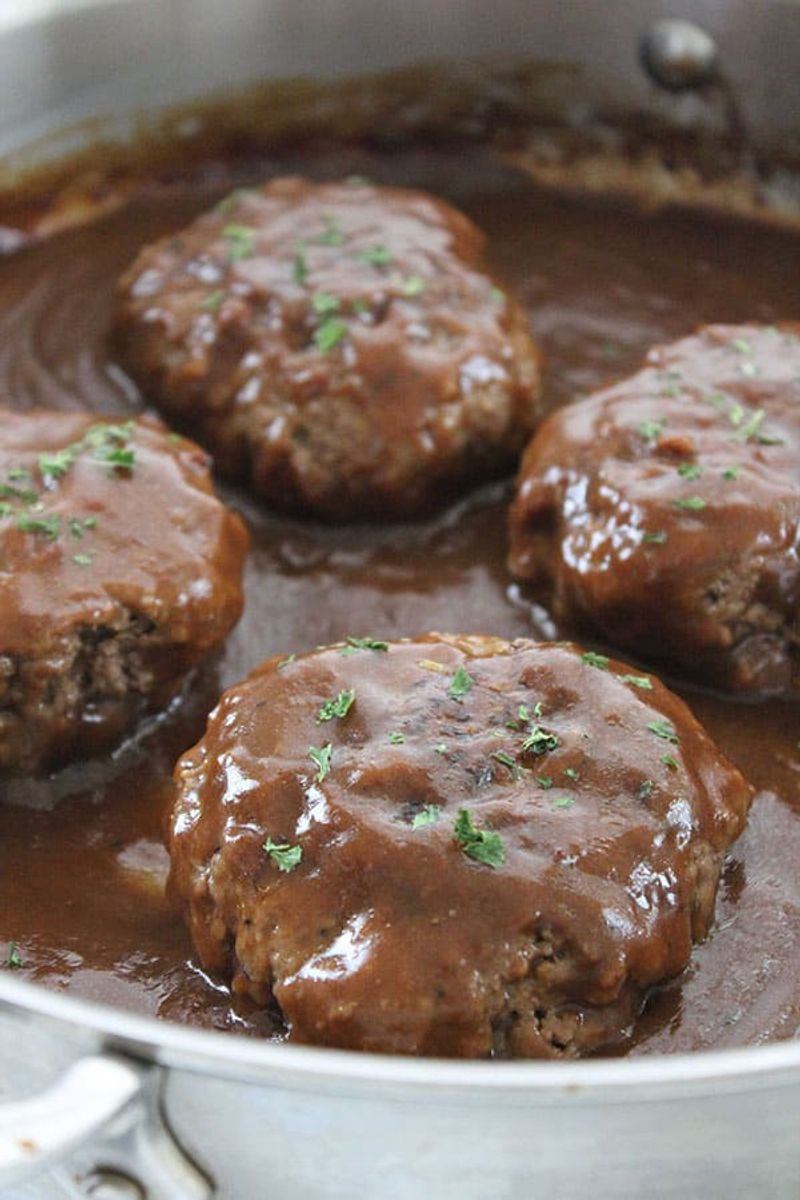
Salisbury Steak transformed ground beef into a pseudo-sophisticated dinner option for mid-century American families. Created by Dr. James Salisbury in the 1800s, this seasoned beef patty served with brown gravy became synonymous with TV dinners and school cafeterias.
The dish promised the flavor of steak at hamburger prices during economically challenging times. Fast food culture eventually replaced this dinner staple as Americans sought convenience outside the home rather than through frozen meals.
Restaurant versions have virtually disappeared except in diners specializing in nostalgic comfort foods, making this once-common main course increasingly unfamiliar to younger generations.

Comments
Loading…